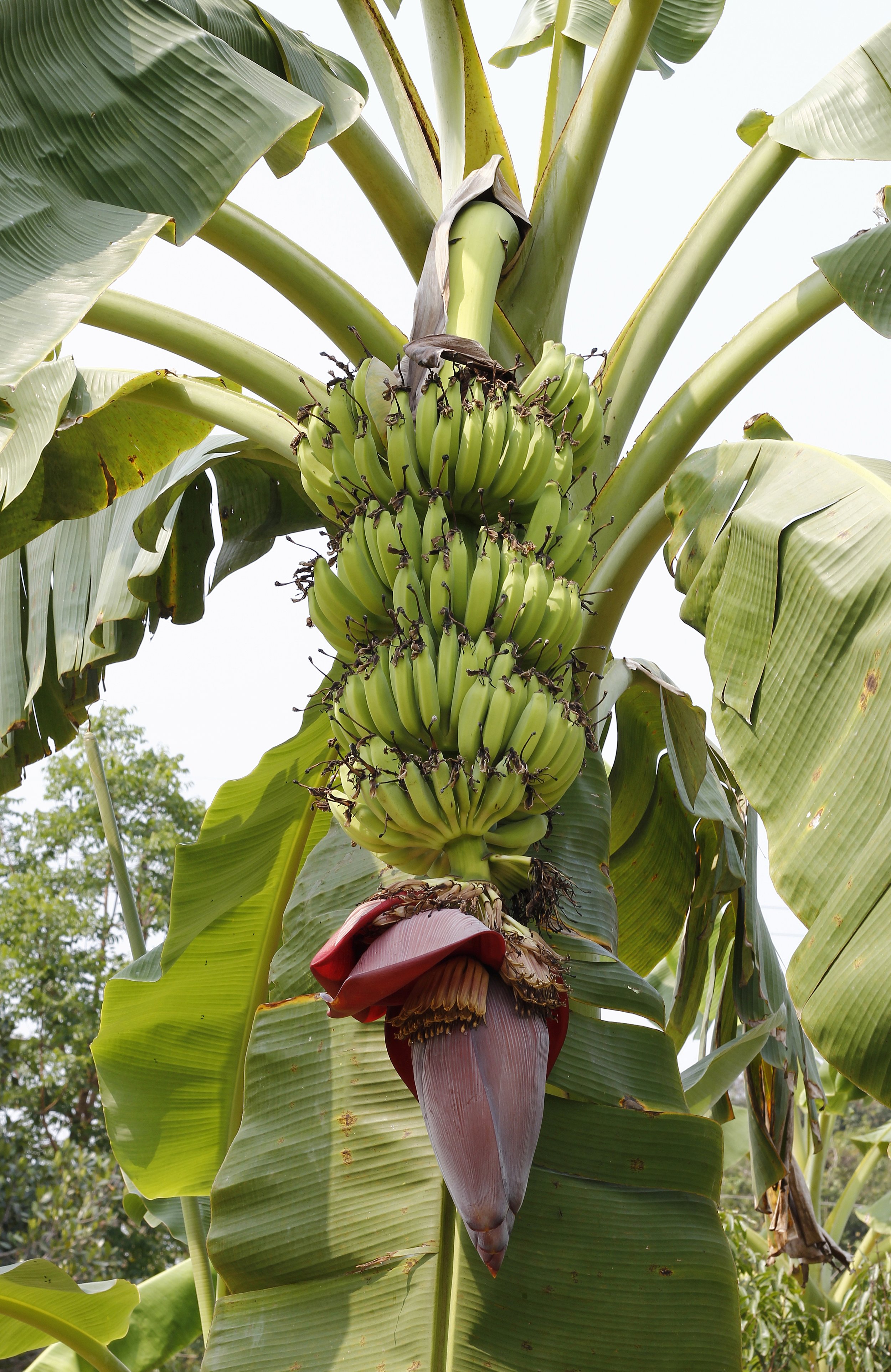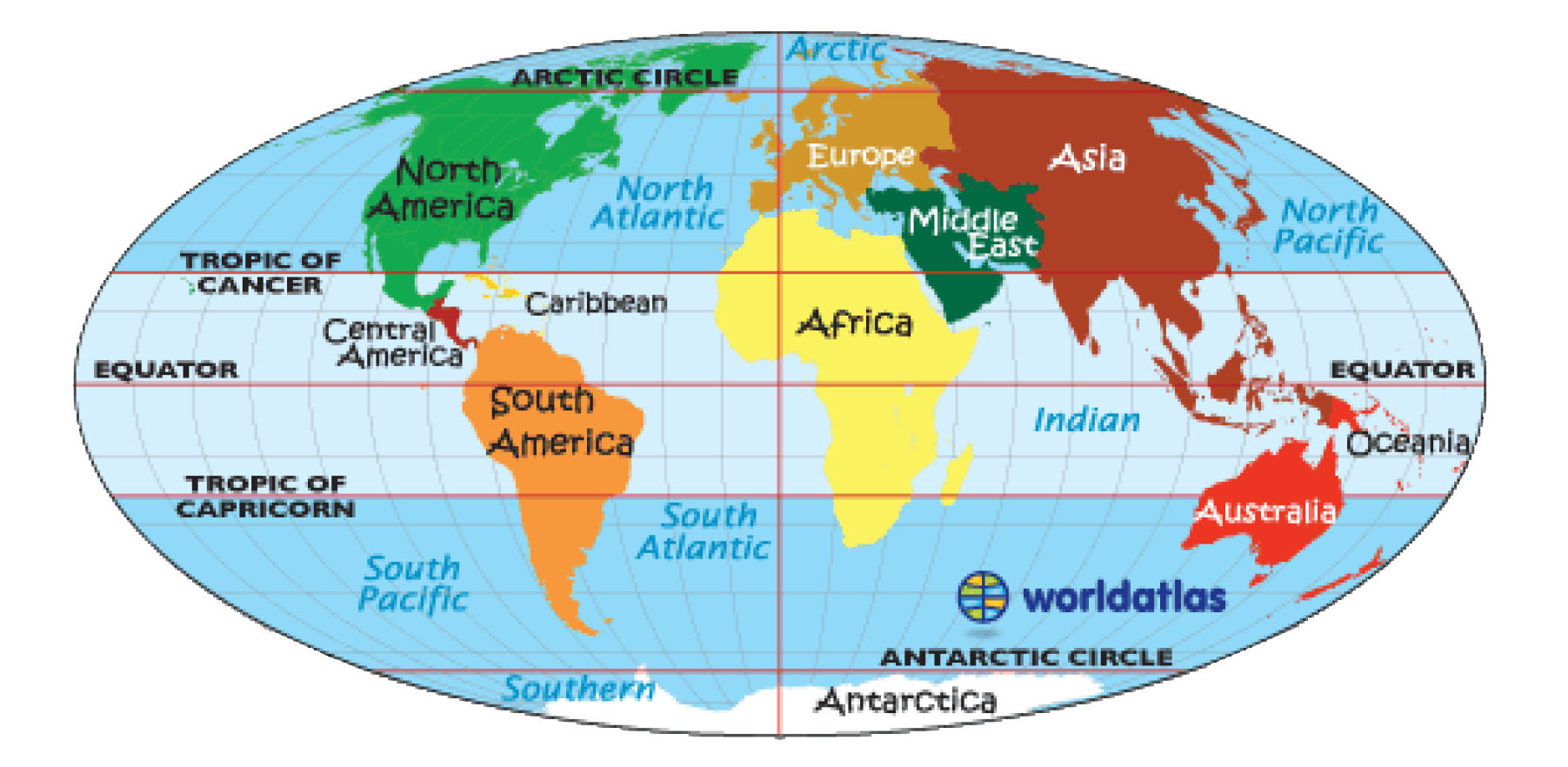About the Plantain
According to Fruit and Veggies - More Matters -- a health inititative spearheaded by the Produce for Better Health Foundation in conjunction with the Center for Disease Control & Prevention (CDC) -- the plantain is actually. . . a fruit!
Similar to the tomato, which is a fruit consumed as a vegetable, the plantain is also consumed as a vegetable.
The plantain (Musa paradisiaca) is a tall plant which can grow from 10 to 33 feet high. It has a cone-shaped false "trunk" which is formed by the leaf sheaths of its spirally arranged leaves. The fruit, which is green, is typically larger than and closely related to the common banana (Musa sapientum). The edible fruit of the plantain has more starch than the banana and is not eaten raw. The plant is believed to have originated in Southeast Asia.







